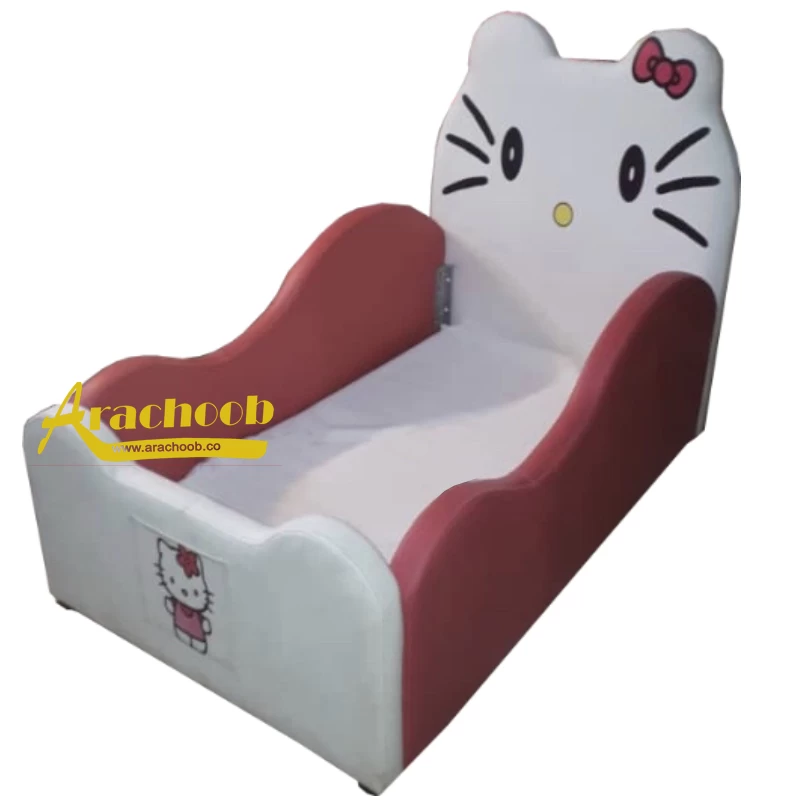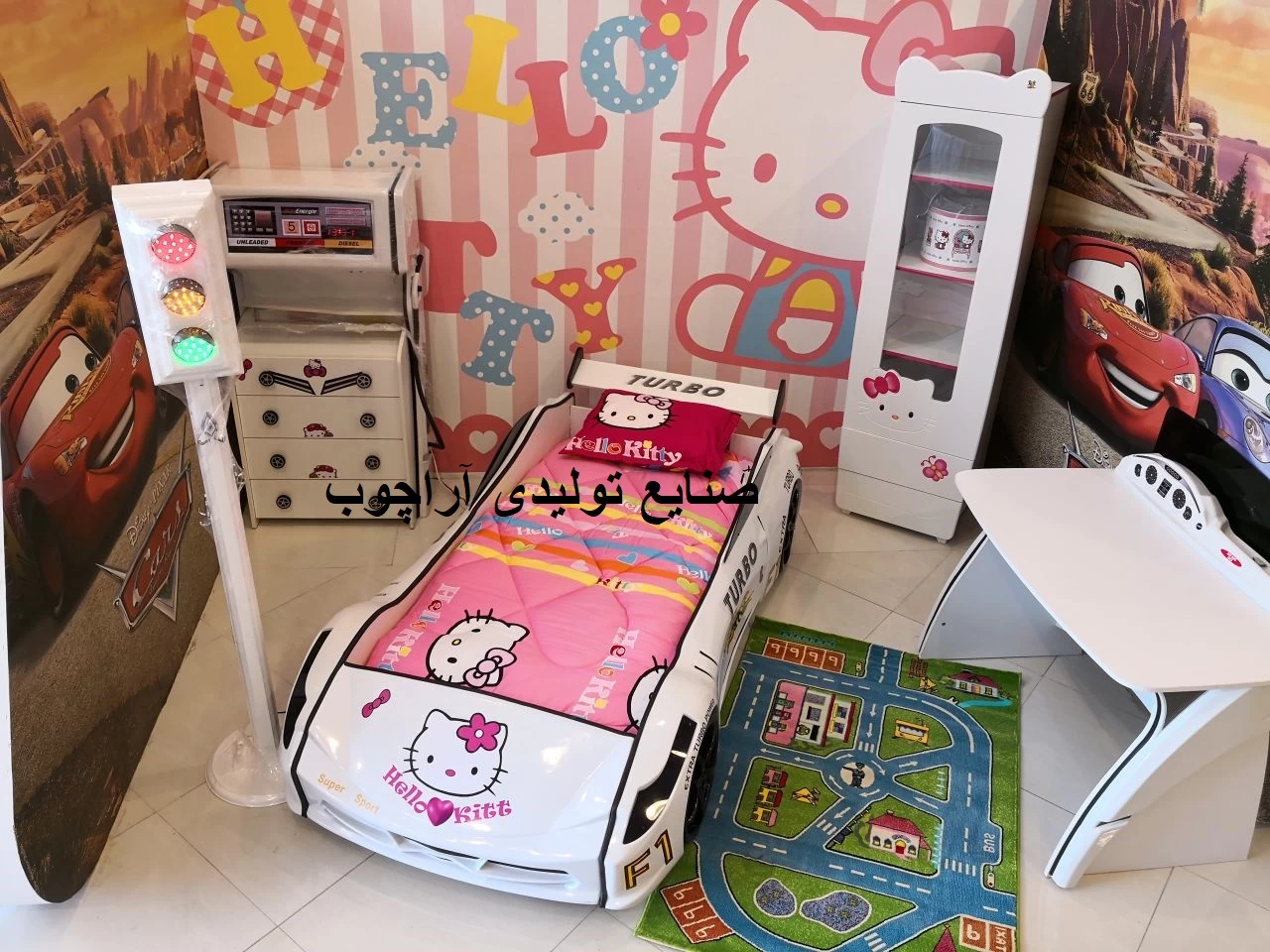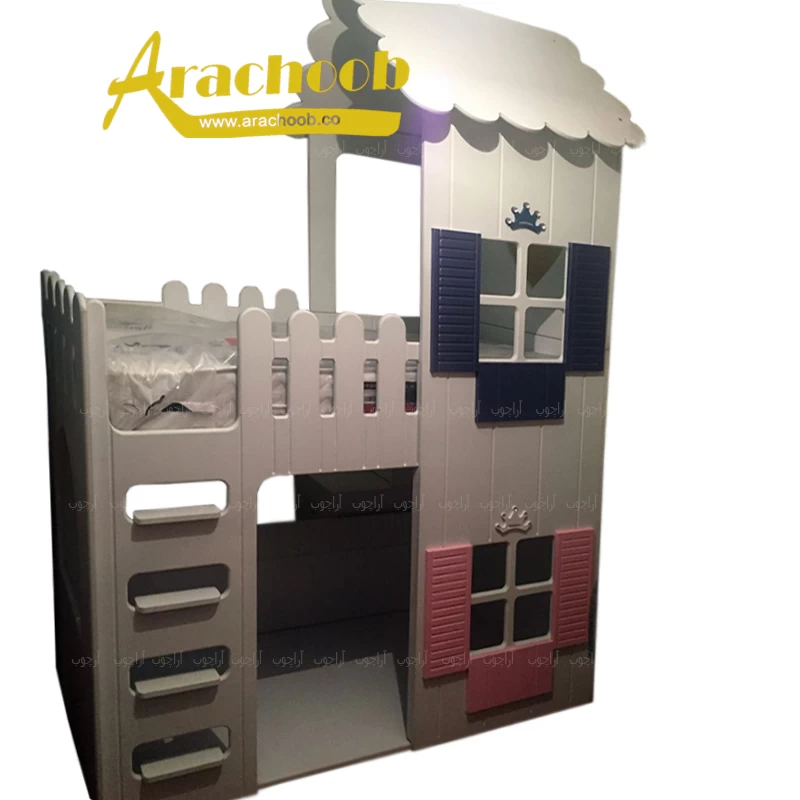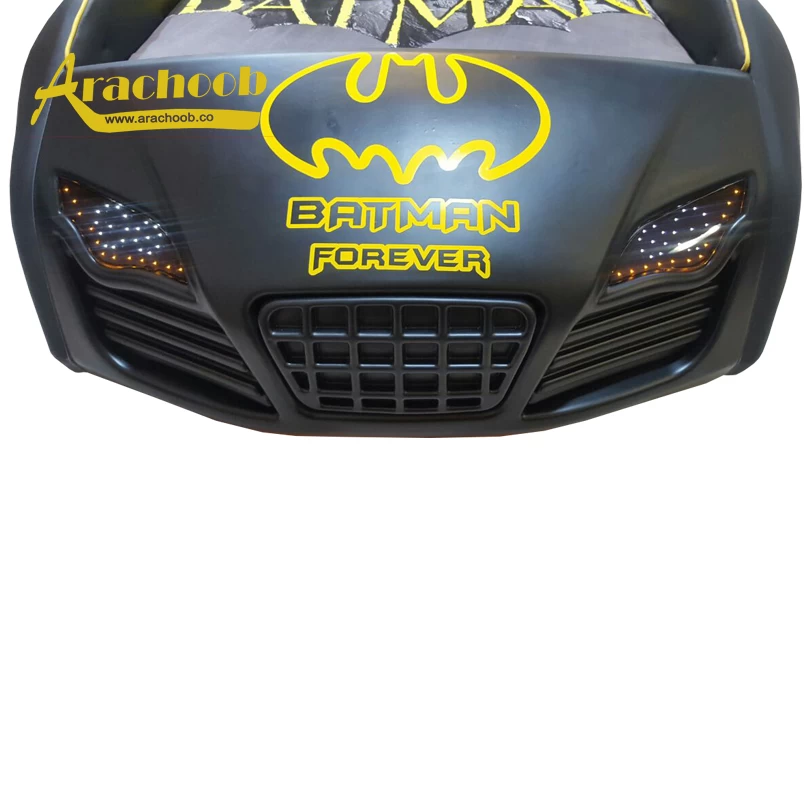Kids furniture
Kids furniture plays a crucial role in creating a comfortable and functional space for children. It is designed specifically to cater to the unique needs and preferences of kids, considering their size, safety, and developmental stages.
Here are some popular types of kids furniture:
1. Beds: Kids beds come in various sizes and designs, including cribs for infants, toddler beds, and twin or full-sized beds for older children. Safety features like guardrails and sturdy construction are essential considerations.
2. Desks and Chairs: Children often require a dedicated study area for completing homework or engaging in creative activities. Desks and chairs designed for kids are usually adjustable to accommodate their growing bodies and promote good posture.
3. Storage Solutions: Kids tend to accumulate a lot of toys, books, and clothes. Storage furniture like toy chests, cubbies, shelving units, and wardrobes help keep their belongings organized and easily accessible.
4. Play Tables and Chairs: These pint-sized furniture sets are perfect for activities like drawing, playing with blocks, or hosting tea parties. They are often colorful, lightweight, and easy to clean.
5. Bookcases and Shelving: Encouraging a love for reading is important, and having a dedicated space for books can foster that passion. Kid-sized bookcases and shelving units make books easily accessible and add a decorative element to the room.
Aside from furniture, here are some other essential items that kids often need:
1. Bedding: Comfortable and age-appropriate bedding, including sheets, pillows, blankets, and mattress protectors.
2. Lighting: Soft and adjustable lighting options like nightlights or desk lamps that provide a cozy atmosphere for reading or nighttime comfort.
3. Safety Equipment: Childproofing items such as cabinet locks, outlet covers, corner guards, and baby gates to ensure a safe environment.
4. Play and Learning Materials: Toys, games, puzzles, art supplies, and educational materials that promote creativity, imagination, and learning.
5. Clothing and Storage: Adequate clothing, hangers, and storage solutions like drawers or bins to keep their clothes organized.
6. Decorative Elements: Wall decals, posters, rugs, curtains, and other decorative items that reflect the child's interests and create a visually appealing space.

Remember, the specific needs of each child may vary, so it's important to consider their age, preferences, and developmental stage when selecting furniture and other items for them.
When choosing kids furniture, it's crucial to prioritize safety features to ensure the well-being and security of children. Here are some important safety considerations to keep in mind:
1. Rounded Edges and Corners: Look for furniture with rounded edges and corners to minimize the risk of injuries from accidental bumps or falls.
2. Sturdy Construction: Ensure that the furniture is well-built and made from durable materials to withstand active play and rough handling. It should be stable and resistant to tipping over.
3. Non-Toxic Materials: Opt for furniture made from non-toxic materials, such as paints and finishes that are free from harmful chemicals like lead or phthalates. This helps prevent exposure to toxins, especially when children chew or come into close contact with the furniture.
4. Secure Fasteners: Check that all fasteners, such as screws, nails, or bolts, are securely attached and cannot easily loosen over time. Loose parts can pose a choking hazard or lead to instability.
5. Anti-Tip Features: Furniture pieces like dressers, bookcases, or shelving units should come with anti-tip mechanisms or anchors to prevent them from tipping over, especially when children climb or pull on them.
6. Safe Bed Design: If selecting a bed, ensure it has appropriate guardrails to prevent falls. The spacing between the guardrails or slats should be narrow enough to prevent a child's body or head from getting stuck.
7. Non-Slip Surfaces: Furniture items like chairs or stools should have non-slip surfaces or rubberized feet to provide stability and reduce the risk of slipping or sliding.
8. Age-Appropriate Design: Consider the developmental stage of the child when selecting furniture. For example, cribs should meet safety standards for infants, and bunk beds should have proper guardrails and ladder designs suitable for older children.
9. Adequate Ventilation: If purchasing an enclosed furniture item like a playhouse or tent, ensure it has proper ventilation to allow airflow and prevent the accumulation of heat or suffocation risks.
10. Compliance with Safety Standards: Look for furniture that meets relevant safety standards and certifications specific to your country or region. These standards ensure that the furniture has undergone rigorous testing for safety and quality.
It's also important to regularly inspect and maintain kids furniture to ensure ongoing safety. Check for any loose parts, sharp edges, or signs of wear and tear, and promptly address any issues that may compromise safety.
11. Weight Limits: Pay attention to weight limits specified by the manufacturer for furniture items like beds, chairs, or play equipment. Make sure they can safely support the weight of your child to prevent accidents or breakage.
12. Cord Safety: If you have furniture with cords, such as blinds or curtains, ensure they are kept out of reach of young children to avoid strangulation hazards. Use cord holders or cordless alternatives whenever possible.
13. Drawer and Cabinet Safety: Furniture with drawers or cabinets should have safety features like drawer stops or locks to prevent them from fully extending or easily being pulled out by a child, reducing the risk of entrapment or toppling.
14. Anchoring to Walls: Large and tall furniture pieces like bookcases or wardrobes should be securely anchored to the wall to prevent tipping over, especially if a child attempts to climb on them.
15. Flame Resistance: Look for furniture items that have been treated with flame-resistant materials or meet fire safety standards. This is particularly important for items like mattresses or upholstered furniture.
16. Mattress Fit: When buying a mattress for a crib or toddler bed, ensure it fits snugly within the frame, leaving no gaps that could pose an entrapment risk for infants.
17. Age-Appropriate Toys and Accessories: Keep in mind that the accessories or toys that accompany the furniture should be age-appropriate and free from small parts that could be choking hazards.
18. Supervision and Education: While not directly related to furniture features, it's important to emphasize the role of adult supervision and educate children about safe usage of furniture. Teach them how to climb down from beds or chairs safely and discourage rough or dangerous play.
19. Recalls and Safety Alerts: Stay informed about product recalls or safety alerts related to kids furniture. Regularly check manufacturer websites or online resources to ensure the furniture you have chosen does not have any identified safety issues.

Remember, no safety feature can replace proper adult supervision and guidance. It's essential to create a safe environment by combining appropriate furniture choices with ongoing vigilance and education about potential risks.

When choosing kids furniture, it's crucial to prioritize safety features to ensure the well-being and security of children. Here are some important safety considerations to keep in mind:
11. Weight Limits: Pay attention to weight limits specified by the manufacturer for furniture items like beds, chairs, or play equipment. Make sure they can safely support the weight of your child to prevent accidents or breakage.

FAQs
What are some key factors to consider when selecting a safe and comfortable bed for a child?
Consider these factors for a safe and comfortable child's bed: sturdy construction, guardrails, proper mattress fit, non-toxic materials, age-appropriate size, and safety compliance.
How can furniture design and features contribute to promoting a child's independence and organization skills?
Furniture design and features can promote a child's independence and organization skills by incorporating elements such as accessible storage compartments, child-friendly dimensions, labels or visual cues for organization, and adjustable furniture that can adapt as the child grows.
What are some creative and functional storage solutions specifically designed for kids' rooms?
Creative and functional storage solutions for kids' rooms include options such as toy chests, cubbies, shelving units with bins, hanging organizers, under-bed storage drawers, wall-mounted bookshelves, multi-purpose furniture with built-in storage, and modular storage systems that can be customized to fit the child's needs.
Provide guidance on choosing age-appropriate desks and chairs that promote good posture and ergonomics for children?
Choose age-appropriate desks and chairs that promote good posture and ergonomics for children by prioritizing adjustable height options, ergonomic design with back support, proper desk size, tilting surfaces, chairs with armrests, and proportionate sizing for optimal comfort and posture.
 +7929688-88-14
+7929688-88-14

 English
English
 Persian
Persian
 Russian
Russian
 Chinese
Chinese


 +7929688-88-14
+7929688-88-14



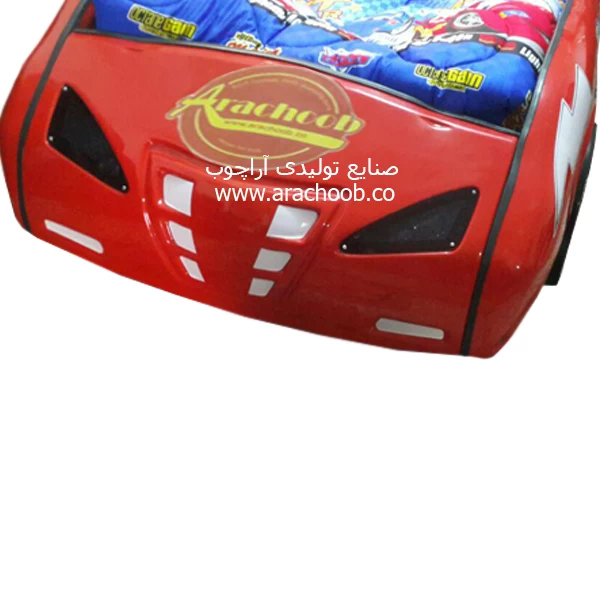
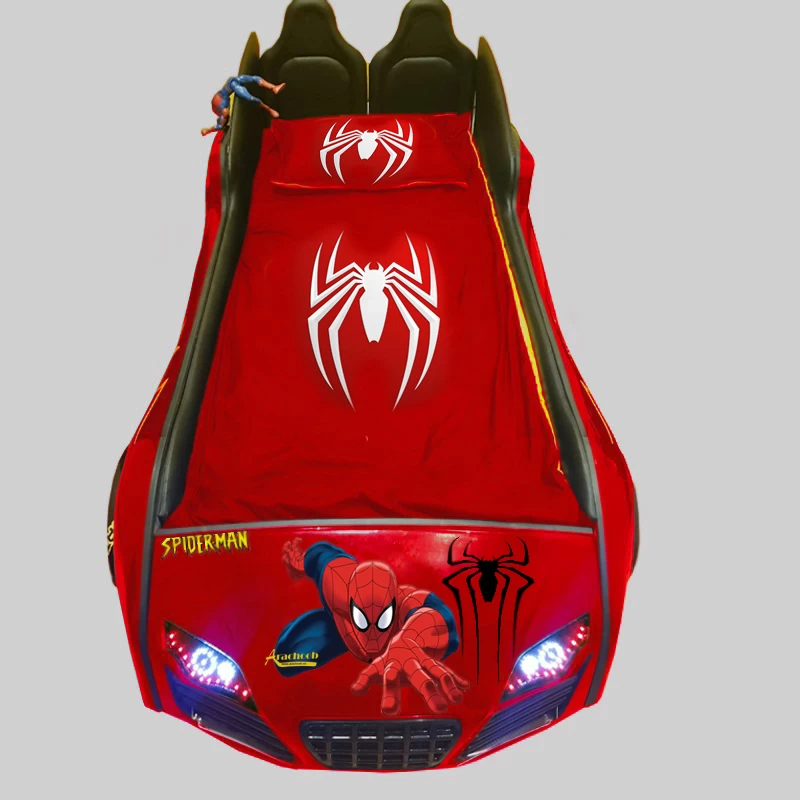
.webp)
